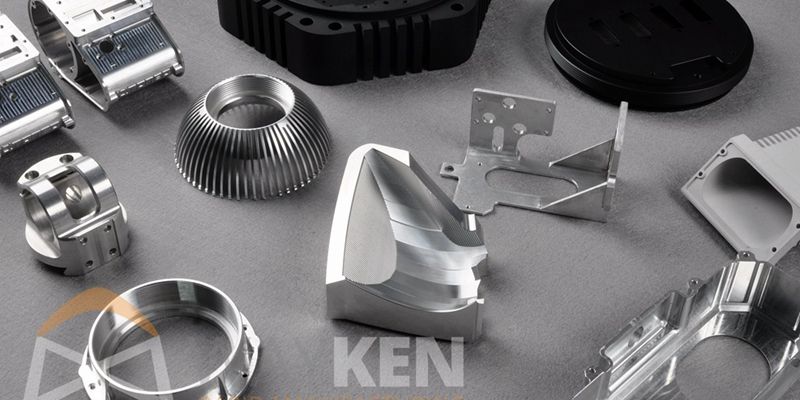
Computer numerical control (CNC) produces parts using numerical codes. CNC machining offers many advantages, such as increasing part production speed and significantly reducing manufacturing time when producing identical parts.
Furthermore, human errors during manufacturing are reduced, since control is done by computer. CNC machining is also preferred for precise manufacturing of complex parts.
3D printing is different from CNC machining because it is a type of additive manufacturing. 3D printing is preferred for producing plastic and lower quality materials. However, if products need to be cut precisely and a large number of identical products are required, CNC machining is preferable to 3D printing.
Using CNC machines, products can be made from various materials, such as: B. made from metals, alloys and plastics. The cost of 3D printing services is not cheap for mass production. The cost of manufacturing products using CNC technology depends on several factors.
This article explains several factors that affect CNC machining costs. It will help you calculate CNC machining costs and provide tips on how to reduce these costs.
9 Factors Affecting CNC Machining Cost Calculation
CNC machining costs can vary depending on the following factors:
1. Cost of CNC machines
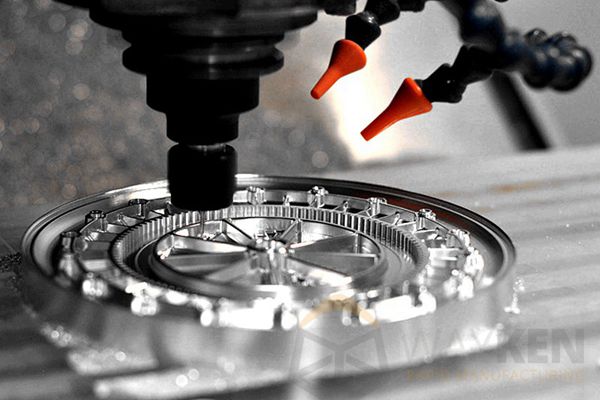
Processing costs change with changing machine types. There are mainly two types of machines used to produce parts with CNC machining, namely 3-axis machines and multi-axis machines.
The cost of the machine also depends on several factors such as the size and weight of the machine, speed, power and configuration of the machine.
Machining costs are calculated on an hourly basis and the approximate cost for 3-axis CNC machining is around $40 per hour while for CNC lathes it is around $35 per hour. Comparatively, the hourly rate for CNC machining with multi-axis machines ranges from $75 to $125.
Because it involves more complex parts, CNC milling is more expensive than other types of machining. Machining costs increase with the number of milling machine axes. For example, 5-axis machining costs more than a 3-axis machine.
2. Processing time
The time required to fully machine a CNC machined part also plays an important role in calculating CNC machining costs. Rule of thumb: The longer processing takes, the higher the processing costs will be, which are in addition to the basic setup costs.
Software like CAM, which requires a 3D CAD design model, can provide an estimate of the time needed to complete the project. A project with a high level of complexity requires more hours to complete.
3. Work
One of the advantages of CNC machining compared to manual machining is that fewer workers are involved in manufacturing. The main labor cost comes from the experienced designer who designs the 3D CAD model for machining, which increases with the complexity of the desired product.
These costs remain the same even if more parts need to be manufactured, reducing the machining price per part. Then there is the additional labor cost to operate the CNC machine, and this also increases with the number of hours required to fully machine the part.
Additional cost will be added to the labor cost if parts are assembled, finished and reworked manually. Additional labor cost will be added even if the finished product is shipped from the machine shop to another customer location.
4. Complexity and dimensions of the shape
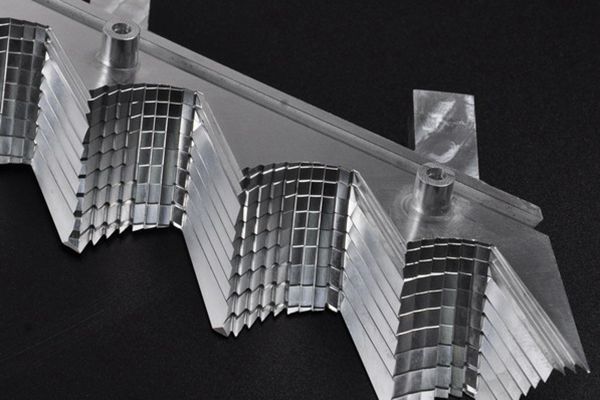
As the complexity of CNC machined parts increases, so do processing costs. More complex parts may require more process operations, different tools and more production time.
Part characteristics such as sharp internal corners, deep cavities, or thin walls increase CNC machining costs. Designs with simple features are easy to manufacture and also save manufacturing time.
More raw materials and time are needed to produce larger pieces, therefore their cost is higher compared to smaller pieces.
5. Material costs
Material costs are also crucial in calculating the cost of CNC machining. The price of the final product made on a CNC machine depends on the type of material you need to make the product from. It may be necessary to make parts from plastic or metal.
Since plastic materials are cheaper and less durable, the machining cost of plastic or aluminum is lower compared to stainless steel. Just like CNC machines, material is removed from the solid blocks to form the 3D object. Therefore, more raw material is required than final product material.
Machinists purchase materials in the form of solid blocks and calculate the cost of the product per block. The most commonly used metals in CNC machining are aluminum, stainless steel, and brass.
Due to aluminum's affordable price and excellent machinability, most machinists use aluminum in CNC machines.
Stainless steel and brass are more expensive compared to aluminum due to their lower machinability. Titanium alloy is the most expensive of all metals, so machining costs for this metal are the highest, as special tools may be required to produce the parts.
When it comes to plastics, the price of bulk material is lower, the tools needed are also cheaper, and processing plastics like nylon, Delrin, and ABS takes less time.
6. Surface Finish
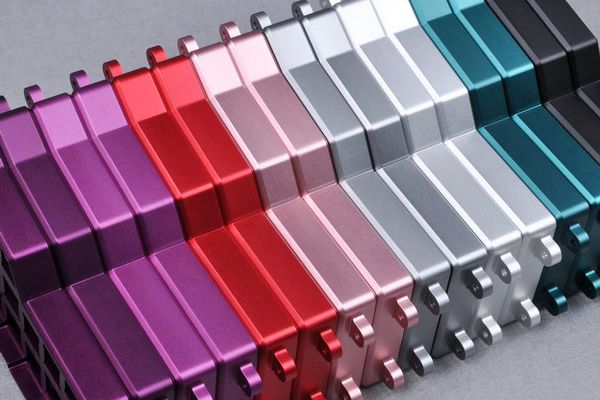
Some products require surface treatment, which also increases the price of the final product. To improve the aesthetics of the final product and remove any scratches created during the machining process, it may be necessary to perform a good surface finish, such as polishing.
Other finishing processes may also include galvanizing, anodizing, painting, chrome plating, blackening, electroplating, brushing and water transfer. Each of these finishing operations increases the price of the final product.
7. Tooling costs
In some manufacturing cases, standard tools are not useful and special tools are required, which also increases manufacturing costs when using CNC machines.
8. Tolerances
When producing products with tight tolerances, costs also increase because manufacturing parts with tight tolerances requires complex machinery. Sometimes it is necessary to drill holes or cavities to tight tolerances, which can cause burrs to form on the surface and take longer to clean.
9. Quantity
Order volume has a huge impact on the cost of the final product. Although total costs increase with the number of finished parts required, costs per part decrease.
3 Tips to Save CNC Machining Costs
Before starting the project, it is calculated how much the CNC machine will cost. When producing parts using the CNC machining method, one should try to minimize machining costs.
There are some fixed customer requirements that cannot be changed. However, there are several methods to reduce processing costs, as follows:
1. Quantity
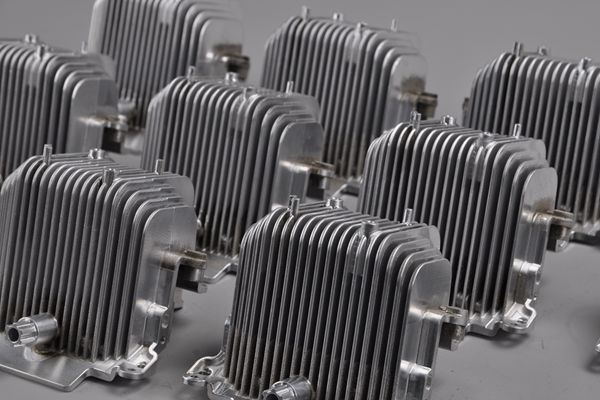
If you need to produce parts in large quantities, you can save a lot of processing costs. The cost per part decreases because you only need to design the identical part once. In this case, it is necessary to repeat the machine setup for each part, which also leads to a reduction in production costs.
2. Be smart when choosing materials
To reduce product costs, special attention should be paid to the selection of materials. Materials with good mechanical properties have lower processing costs. Considering the function of the product, it is necessary to choose the best material available and easy to work with. There is a price difference between plastic and metal materials. Of course, you can follow your project requirements and consult the manufacturer for guidance on material selection.
3. Design Optimization
If some product features do not affect functionality, the design must be optimized to avoid machining these features and thus reduce production costs.
(1) Consider hole sizes and profiles
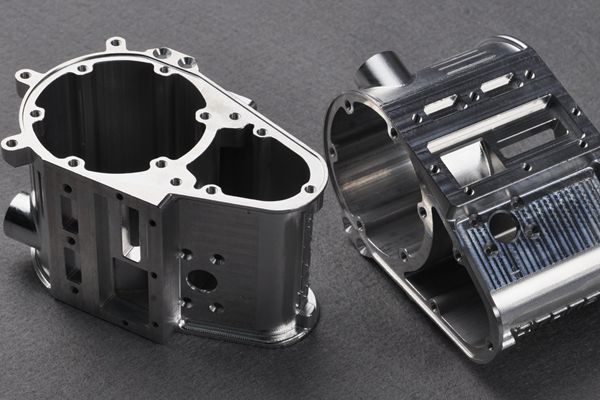
When manufacturing your CNC parts, you must ensure that the features of your parts (e.g. holes, contours, grooves, threads, etc.) can be manufactured using commonly available standard tools. Custom hole and thread sizes require special tools that can be quite expensive. On the Internet you can find numerous references to standard sizes used in the machining industry.
(2) Avoid thin walls and deep cavities when designing parts
Parts with thin walls and deep cavities are very difficult to machine and are often subject to dimensional inaccuracies. These characteristics of the part tend to cause vibrations in the part and sometimes lead to dismantling of the parts.
(3) Avoid tolerances as tight as possible
Parts with tighter tolerances are significantly more difficult to manufacture and therefore expensive. Check a dimension only if it is absolutely necessary for the overall functionality of the part. A good piece of advice we can give is to design your piece so that it has a common point of reference or reference. This will help you and the driver. Firstly, you can minimize the dimensional checks you need to do on a part, and secondly, the machinist can reduce inspection time, which also reduces costs.
(4) If complexity is unavoidable, convert some of these complicated parts into modular components
If a part becomes very complex, it is recommended to divide the entire part into several components that are then assembled. This makes editing much simpler and easier. Setup time is significantly reduced, the number of machining operations is reduced and machining time is optimized. This strategy is often used by designers to improve the manufacturability of a part and reduce its manufacturing cost.
Looking for more tips to save costs on CNC machining? Let's watch this video.
Common questions
Q: Is CNC machining expensive?
A: The product made by CNC machining is cheaper when produced in larger quantities. For example, you are asked to manufacture a product that costs $500 to set up the machine. The raw material for a product costs $10.
The total cost of machining one part is $510. However, if you need to make 50 identical parts, the cost per part will be $20. As the number of parts needed increases, the cost will decrease because the Machine setup cost does not change.
Q: How can you effectively reduce CNC machining costs?
A: CNC machining costs can be minimized by optimizing the design without compromising the full functionality of the product. This can be achieved by adding a radius to the inner vertical edges of the part, limiting the depth of cavities, increasing wall thickness, appropriately limiting thread length, optimizing thread holes, breaking complicated parts into simpler individual parts, choosing only essential surface finishes and minimizes the number of machine setups for machining.
Concluding
There are different approaches to producing desired products, such as 3D printing and CNC machining. Every customer wants to receive an affordable product from the manufacturer. This article explains the various factors that can be used to calculate processing costs and reduce the money spent on the product.

























































